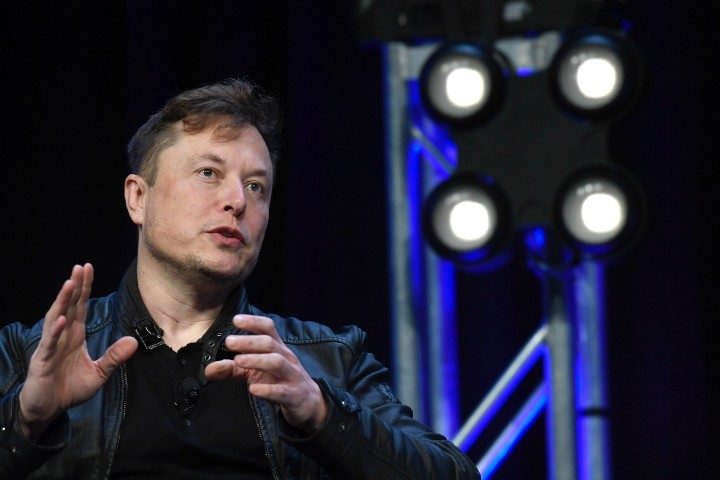
Starlink, the satellite-powered internet distribution division of Elon Musk’s SpaceX, has emerged as a key tactical element of Ukraine’s strategy in their war with Russia.
“What Starlink has done has changed the battlefield,” former U.S. Defense Secretary Mark Esper said on CNBC. “It’s been essential to the battlefield, from every report I see and hear.”
Why then did the president of SpaceX, Gwynne Shotwell, declare on Wednesday that SpaceX has limited Ukrainian military access to the internet provider?
The explanation provided by Shotwell and SpaceX was simple: “Using Starlink with drones went beyond the scope of an agreement SpaceX has with the Ukranian government,” she said, later adding, “It was never intended to be weaponized.”
Starlink has been operative in the country since February of 2022, around the time the Russian invasion of Ukraine began. It was on the 26th of that month that Mykhailo Fedorov, the minister of digital transformation of Ukraine, reached out to Elon Musk on Twitter, asking the Tesla founder to “provide Ukraine with Starlink stations.”
Hours later, Elon Musk tweeted back: “Starlink service is now active in Ukraine. More terminals en route.”
It would not be long before Starlink would be used in a “weaponized” capacity, as a New York Post report from March 21, 2022 makes clear. In a piece titled “Elon Musk’s Starlink satellites helping Ukraine drones destroy Russian tanks,” the author, Ariel Zilber, describes drones “equipped with anti-tank grenades that are launched at their target.”
Why limit Ukraine’s access to Starlink technology now, almost a year after a report showing the technology being used in weaponized drones?
A series of videos posted to Twitter over the past few weeks offers a disturbing — if uncorroborated — answer: Drone technology has been used in Ukraine in conjunction with the administration of illegal chemical weapons.
A few videos sit at the center of the controversy.
One video, reportedly uploaded in early February, shows what appear to be Ukrainian soldiers gleefully overseeing a room full of cannisters and drones. Internet commentators have linked the soldiers to what has been referred to as the “Shaman battalion.” Cannister tanks are shown being stored in refrigerators.




Unconfirmed reports appear to identify one of the individuals in the video as Robert Madyar. Images from an Instagram account appear to show an individual in Ukrainian fatigues and in possession of drone devices.
Another video shows an overhead perspective, presumably the POV of a camera-enabled drone, akin to what would be seen by a pilot operating the device from a tablet or smartphone. It shows two sequences. One shows a cannister released from above, which later detonates next to what is presumably a Russian soldier. The individual appears to go into convulsions, and eventually, goes still.

It is easy to imagine the motivation of sophisticated actors seeking to stage videos such as those described for the purposes of undermining the Ukrainian war effort. Not only is Ukrainian access to the Starlink internet platform essential to Ukrainian strategy, but Elon Musk has in the past made vocal his frustration at guaranteeing Ukrainian access to the costly technology. He has called for diplomacy and appears not to be an unconditional hawk as it relates to continued armed engagement with Russia over Ukraine. A deceptive act designed to pressure Musk into a policy change is not outside of the realm of possibility.
Despite the ambiguities, an investigation is needed to determine whether chemical weapons are being used in Ukraine, and whether U.S.-linked technology products are facilitating not only chaos, but war crimes abroad.



